“We had to be seen because we couldn’t be heard.” – Tommie Smith (2008)
Introduction
When considering Black activism, it can be inferred that there has been a huge influence on many parts of the world, but even more specifically, what people today refer to as, Pop Culture. Pop Culture (Popular Culture) can be defined as “a set of practices, beliefs, and objects that embody the most broadly shared meanings of a social system” (D. Kidd, Oxford Bibliographies, 2017). Art has become a popular way to showcase and support Black lives and to share many important, historical stories of the racism and injustices that still continue to affect the Black community to this day. When thinking about art, it’s important to acknowledge the rhetorical choices that have been made in order to convey specific messages to the audience/viewers of those art pieces. I’ve done a bit of research on some pieces that I think deserve a lot of attention.
History of the Black Power fist
The Black Power fist has become a symbol for hope, restoration, strength, unity, etc., and has been used by many Black Lives Matter movements throughout history. Dating back to Civil Rights Movements in the 19th century, the Black fist intertwines with Blacks’ fight for civil rights. In an article titled, “How the Clenched Fist Became a Black Power Symbol”, found in Reader’s Digest, and written by Jeremy Helligar, stated that the clenched fist was first used as a symbolic gesture in 1848, during the French revolution. An example of this can be found in a painting which was done by French artist Honoré Daumier who painted a piece titled, The Uprising, which is pictured down below.

Figure 1: Painting by, French artist Honoré Daumier (1948) depicting the French revolution
One of the first appearances of a Black person using the clenched fist was during the 1968 Summer Olympics when Black track athletes, John Carlos and Tommie Smith were standing on the 1st and 3rd place winner’s platform for winning a bronze and gold medal (Helligar, 2021). When asked by an interviewer for Smithsonian Magazine (2008) why they had thrown up the fists, Tommie Smith told them that it was a “cry for freedom and human rights” and that it was a way to be seen since their voices weren’t being heard.
The representation of Black Lives in culture
Films
When thinking about the many different protests that took place following the George Floyd killing in 2020, there have been many different representations of Black lives & Black culture in different movies, shows, art murals, fashion statements, songs, etc. In 2021, a film titled, Judas and The Black Messiah, was released. This film was written and directed by Shaka King, which captures the life (and death) of the Black Panther Party Chairman, Fred Hampton, while also showing the struggle of Blacks trying to fight against White supremacy. In this film, the use of art to relay a message, can be seen in many different ways. For example, the choices of clothing were well-thought out by wardrobe designer, Charlese Antoinette-Jones. In a film review titled, “Judas and The Black Messiah:Art As A Space For Protest?” written by Adwoa Owusu-Barnieh, a clothing analysis was provided to help readers have a deeper understanding of how clothing can be used as a form of art to help deliver a message. Because the film encaptures a reenactment of The Black Panther Movement, it may be helpful to understand that, “The Black Panthers’ legacy can be found not only in anti-capitalist pro-socialist ideology, but also on the impact they made on fashion – and arts and culture as a whole” (A. Owusu-Barnieh, The Everyday Magazine). One of the lead characters, William O’Neal [LaKeith Stanfeild] can be seen wearing a green fedora during one of the scenes when he attends a meeting with a character named Roy Mitchell [Jesse Plemons]. Owusu-Barnieh mentions that the color green may be used to represent greed of wealth, which makes sense considering the type of individual that William is. He is one that puts money over (in Owusu-Barnieh’s words) “the betterment of society for all people”.

Figure 2: Meeting scene in Judas and The Black Messiah
In many forms of art, color can be used to convey or depict something that viewers may not catch if they aren’t thinking critically about the piece. In the book titled, Doing Visual Analysis by Ledin & Machin, authors mention that it’s not so much about what they communicate, but rather how they communicate it (p.64). In this case, viewers might not look at the color of the hat and automatically assume that William is a greedy character, but the motivation behind using the color green may make sense for the wardrobe designer in her efforts to convey a specific message to the audience. Some excellent pieces to analyze as far as rhetorical choices being made include movie posters. If we think about the colors in the poster, the first color that stands out to me is red. The first word that comes to mind danger. The actor in front is Daniel Kaluuya and the man behind him is LaKeith Stanfield. An excellent choice was made here as far as the positioning of the actors’ names, so that they were placed directly beneath their faces. Black actors are becoming more well-known, especially in popular culture and I think that it was very smart to acknowledge these actors on the cover of the movie poster
Figure 3: Judas And The Black Messiah Film poster
Murals/paintings
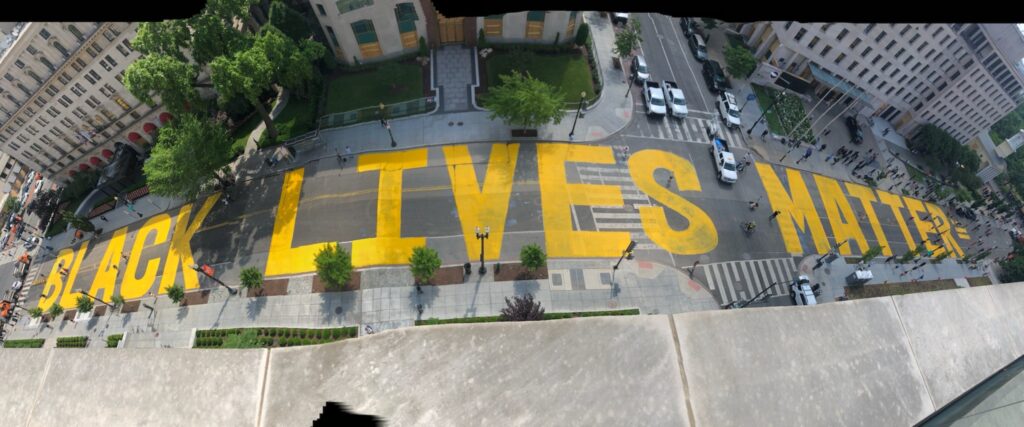
Figure 4: Black Lives Matter mural in Washington, D.C, 2020 muralsdcproject.com.
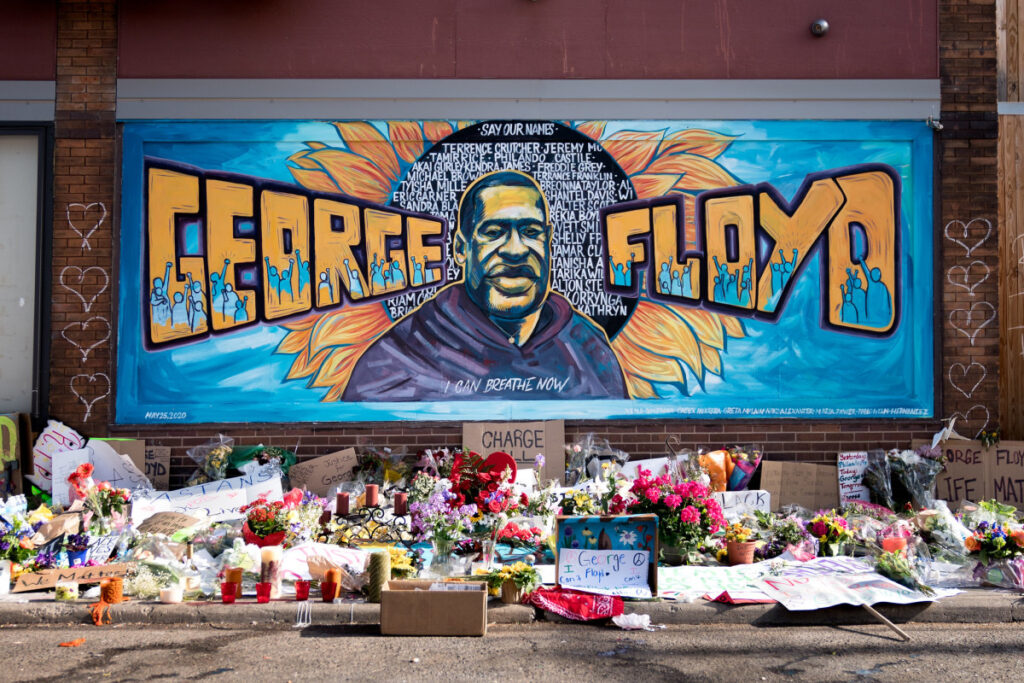
Figure 5: George Floyd memorial mural, Minneapolis, US , 2020 contiki.com.
Social Media
Social media plays a huge role in today’s culture, especially with the younger generation. Although social media can be looked at from a negative viewpoint, it has definitely been used in a positive way to shed light on the many different events and issues that have occurred within the last couple of years. I recently ran across a post on instagram which was posted by Viola Davis (great example of Ethos) which was given the caption, “Racism is built into the DNA of America. And as long as we turn a blind eye to the pain of those suffering under its oppression, we will never escape those origins’~Professor Annalise Keating”. Social media has become a platform that allows individuals to freely speak their minds and to express themselves. Art definitely has a lot to do with how individuals express themselves through social media, especially in popular culture.
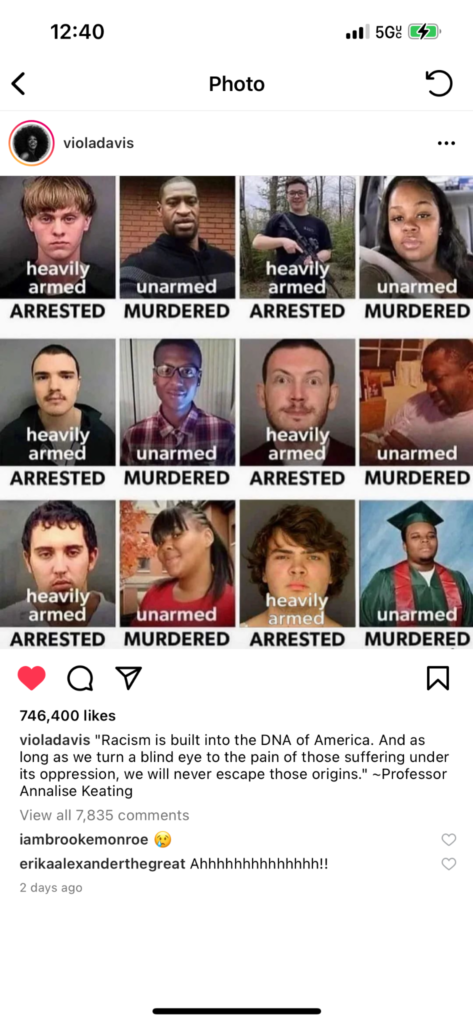
Figure 6: Instagram post made by Viola Davis, May 16, 2022
Takeaway
Although art has been around for longer than any of us have been alive, it has become a huge part of life especially in our culture today. Art allows for the freedom of expression, and also allows us to connect with others and share our stories.Again, art has become a popular way to showcase and support Black lives and to share many important, historical stories of the racism and injustices that still continue to affect the Black community to this day.
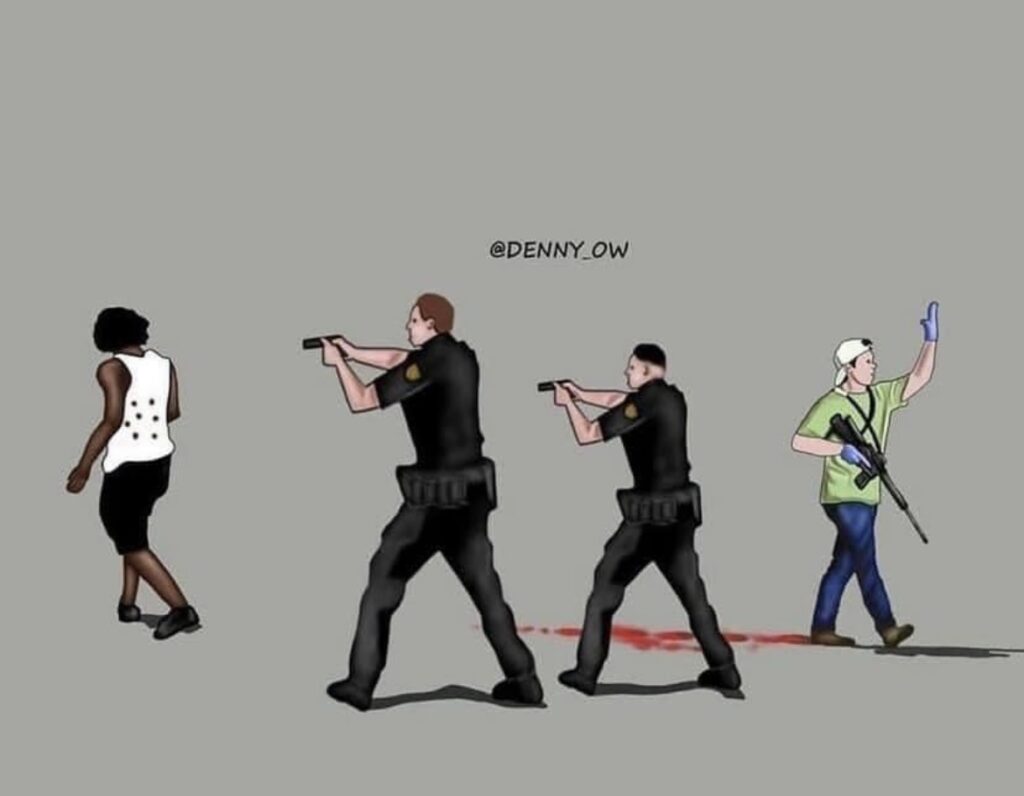
Figure 7: Digital image found on Facebook depicting police brutality
Sources
Chin-Fook, L. (2020, July 20). Black lives matter murals you need to see around the world. six-two by Contiki. Retrieved May 18, 2022, from https://www.contiki.com/six-two/50356/black-lives-matter-murals/real-talk/
Helligar, J. (2021, July 21). How the clenched fist became a Black Power Symbol. Reader’s Digest. Retrieved May 18, 2022, from https://www.rd.com/article/history-behind-the-clenched-first-and-the-symbol-for-black-power/
Ledin, Per, and David Machin. Doing Visual Analysis: From Theory to Practice. SAGE, 2018.
Packer, I. (2022, February 7). Judas and the black messiah: Art as a space for protest? The Everyday. Retrieved May 18, 2022, from https://theeverydaymagazine.co.uk/photographyandfilm/judas-and-the-black-messiah-art-as-a-space-for-protest
Popular culture. obo. (n.d.). Retrieved May 18, 2022, from https://www.oxfordbibliographies.com/view/document/obo-9780199756384/obo-9780199756384-0193.xml
The official site for MURALSDC. MuralsDC. (n.d.). Retrieved May 18, 2022, from http://muralsdcproject.com/
Wikimedia Foundation. (2022, May 8). Black lives matter movement in popular culture. Wikipedia. Retrieved May 18, 2022, from https://en.wikipedia.org/wiki/Black_Lives_Matter_movement_in_popular_culture
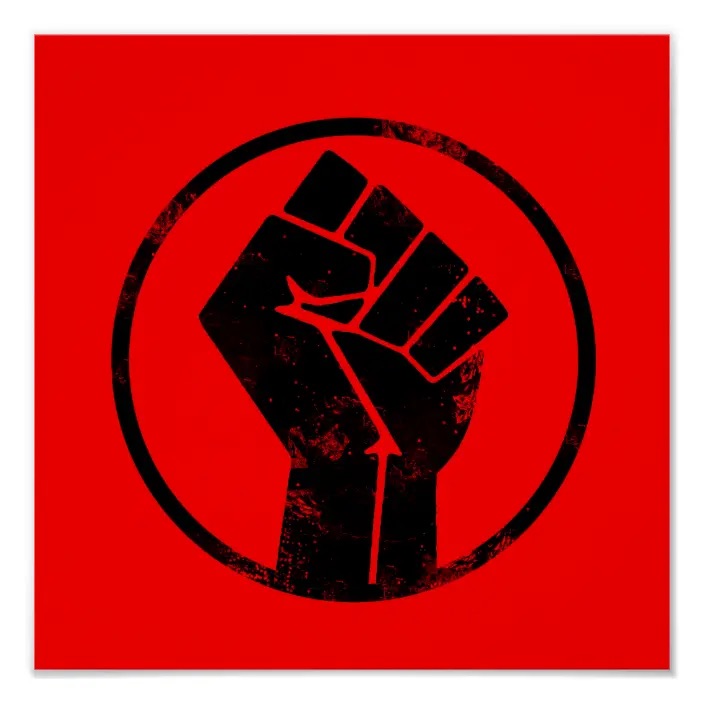

Provide Feedback
You must be logged in to post a comment.